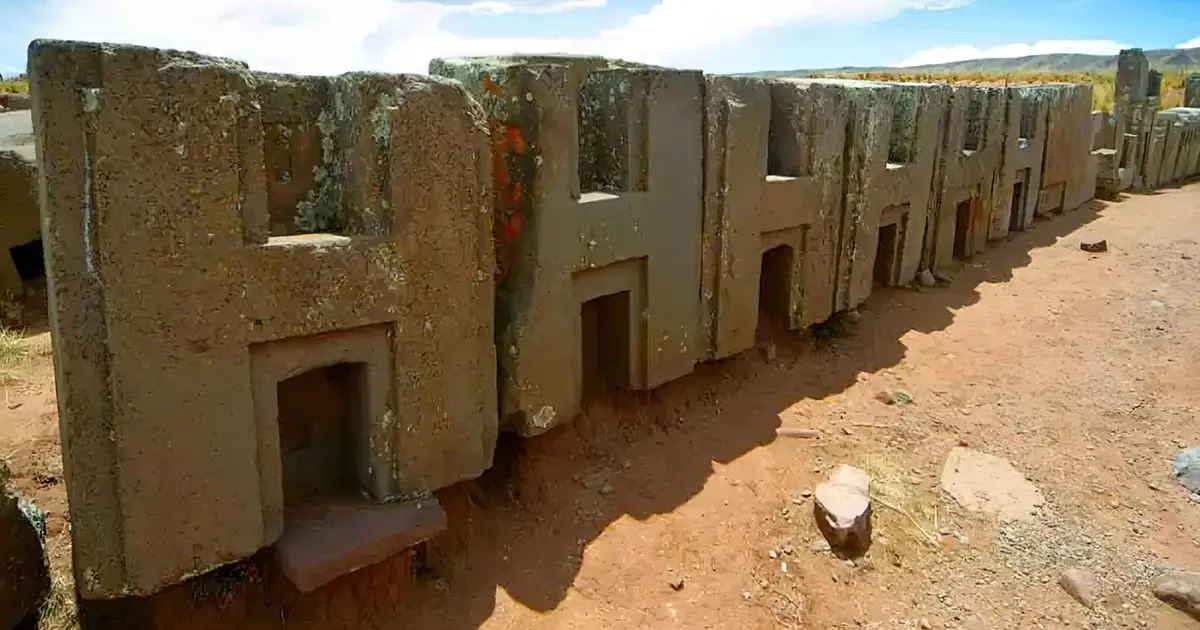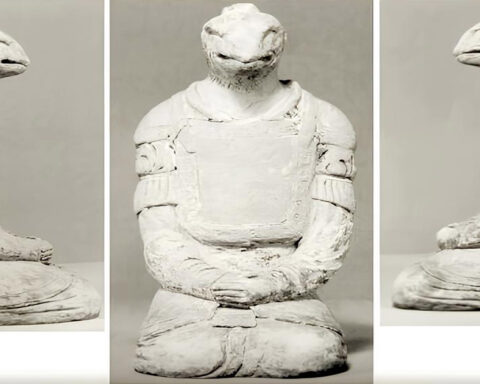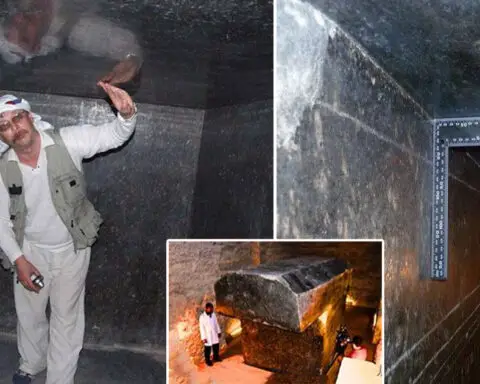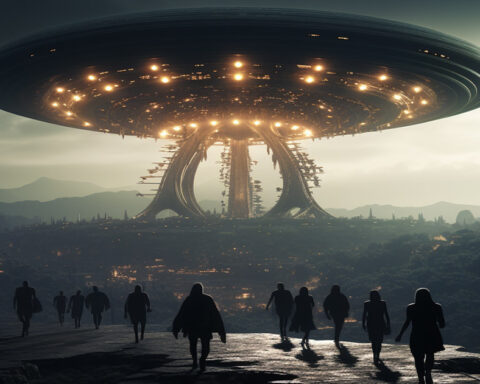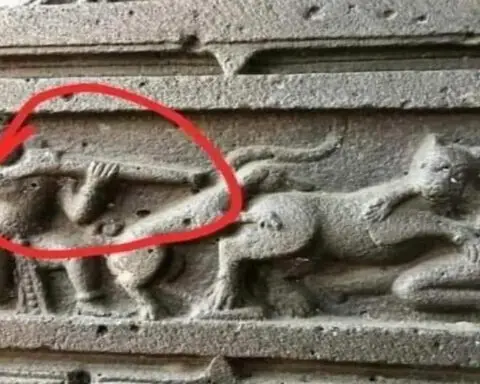Hidden within the remote Altiplano of Bolivia lies an enigmatic marvel shrouded in mystery and intrigue—the ancient ruins of Puma Punku. These ruins, composed of colossal sandstone and granite blocks, have perplexed scholars and archaeologists alike, defying conventional understanding of ancient craftsmanship.
Spanning epochs, these monolithic stones, some weighing over a hundred tons, bear intricate carvings and precise cuts that seemingly transcend the capabilities of ancient tools. David Childress, an explorer delving into the depths of historical anomalies, asserts that the construction of Puma Punku exhibits craftsmanship akin to precision power tools, a claim that challenges the established timeline of ancient civilization capabilities.
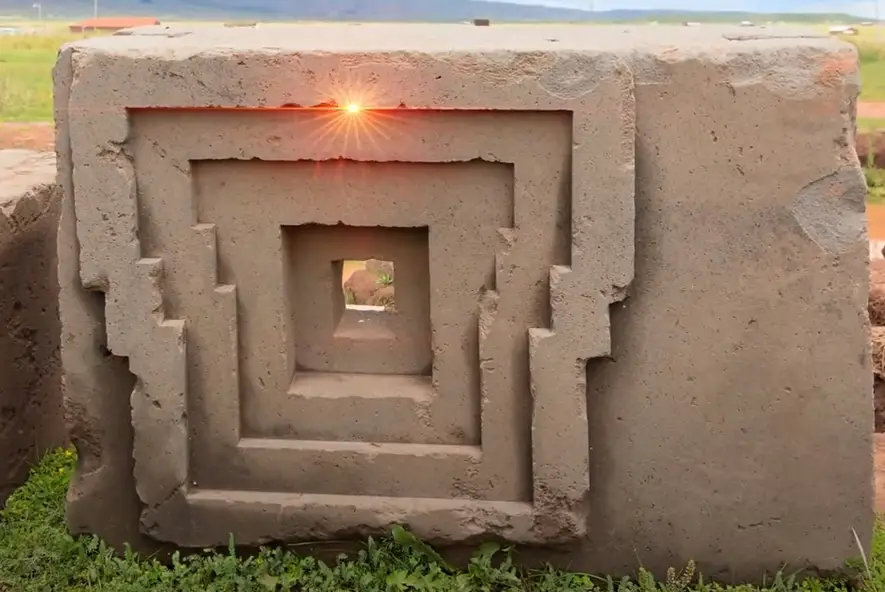
The most confounding aspect is the intricate drill holes piercing through the impenetrable granite blocks. Experts are at a loss, unable to fathom the mechanism that could penetrate such resilient stone with such finesse. Brien Foerster, a researcher captivated by this ancient enigma, accentuates the unprecedented nature of the stone-cutting techniques found at Puma Punku. He insists that nowhere else on Earth can one find such immaculate stone-cutting precision from ancient times.
Adding to the mystique are the so-called “H-blocks”, intricately shaped like dovetails, suggesting a sophisticated purpose, yet their intended use remains an enigma. Speculations abound regarding what these blocks could have held or supported, further deepening the intrigue surrounding this ancient site.

Moreover, the level of craftsmanship evidenced at Puma Punku contradicts historical timelines. Foerster points out that the local Aymara people, inhabitants of the region for merely 900 years, possess no historical knowledge of the site’s builders or purpose. Astonishingly, even the Inca civilization, known for their architectural prowess, lacked any insight into the origins of this marvel.
Enter the controversial theory proposed by Giorgio Tsoukalos, a prominent figure in the field of ancient astronaut theory. Tsoukalos boldly asserts that Puma Punku may be the handiwork of extraterrestrial beings. He accentuates the uncanny perfection of the stones, almost vitrified, smooth to the touch akin to a mirror, suggesting an otherworldly origin.
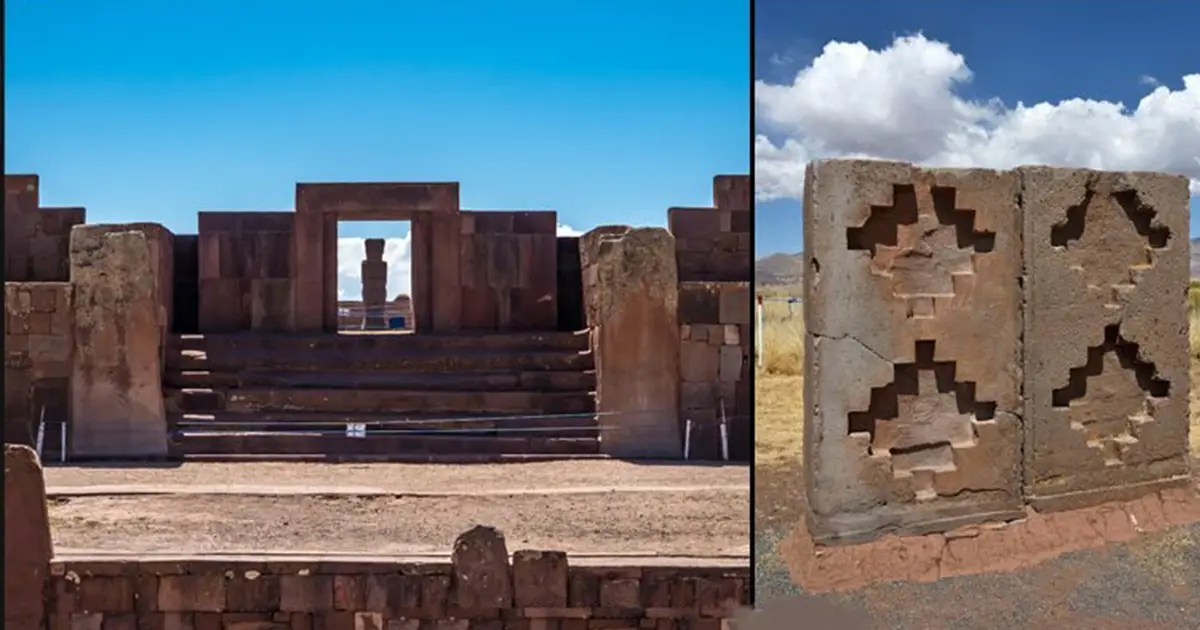
Tsoukalos postulates that these extraterrestrial architects, foreseeing the curiosity of future generations, deliberately left behind this perplexing marvel. By doing so, they orchestrated a scenario where humanity would question the plausibility of such advanced craftsmanship in ancient times, subtly nudging us towards acknowledging their existence in humanity’s remote past.
The implications are staggering—an ancient site crafted by beings not of this Earth, constructed with a purpose that eludes our comprehension, waiting for humanity to unlock its secrets.
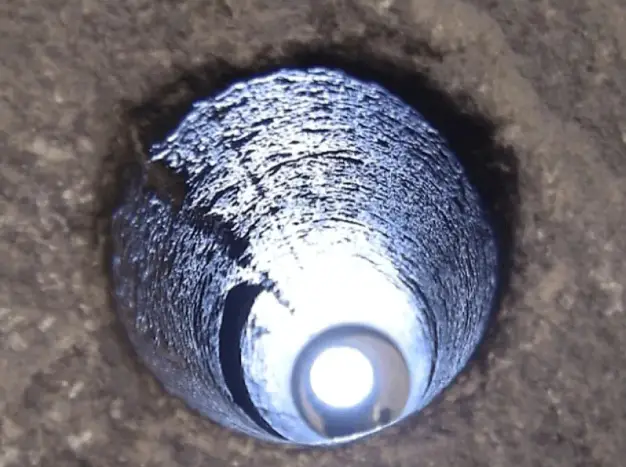
As theories swirl and conventional explanations falter, the enigma of Puma Punku continues to challenge the boundaries of our understanding. Could this be the tangible evidence of extraterrestrial intervention in human history, carefully concealed until our intellectual evolution reached a threshold capable of comprehending its significance?
In the saga of human civilization, Puma Punku remains a testament to the inexplicable, inviting us to contemplate the extraordinary and embrace the tantalizing possibility that we might not be alone in the universe.
VIDEO:

